Painting skirting boards may seem like a minor home improvement task and one that is not going to make any impact on your decor, but it's often the small details that make a big difference to the overall look and feel of your living space.
Whether you're sprucing up a room or giving your entire home a makeover, knowing how to paint skirting boards properly is essential for achieving a polished and professional finish.
These often-neglected trim pieces can accumulate dust, scuffs, and wear over time, but with the right tools and techniques, you can transform them into a clean, vibrant accent that complements your decor.
Disclaimer: As an Amazon and Wayfair associate, we do receive a small commission from qualifying purchases made via links within this article.
So, roll up your sleeves, grab your paintbrush, and let's get started on revitalising your home, one skirting board at a time!
Preparation for Painting Skirting Boards
The first thing you must do is to prepare skirting boards before painting, as proper preparation is key to achieving a professional-looking finish. Here are some steps to follow before you start:
Clearing the Area
Before you begin any preparation or painting, it's important to clear the area around the skirting boards. Remove any furniture or objects that may be in the way, and cover the floor with dust sheets to protect it from paint drips and spills.
Sanding Process
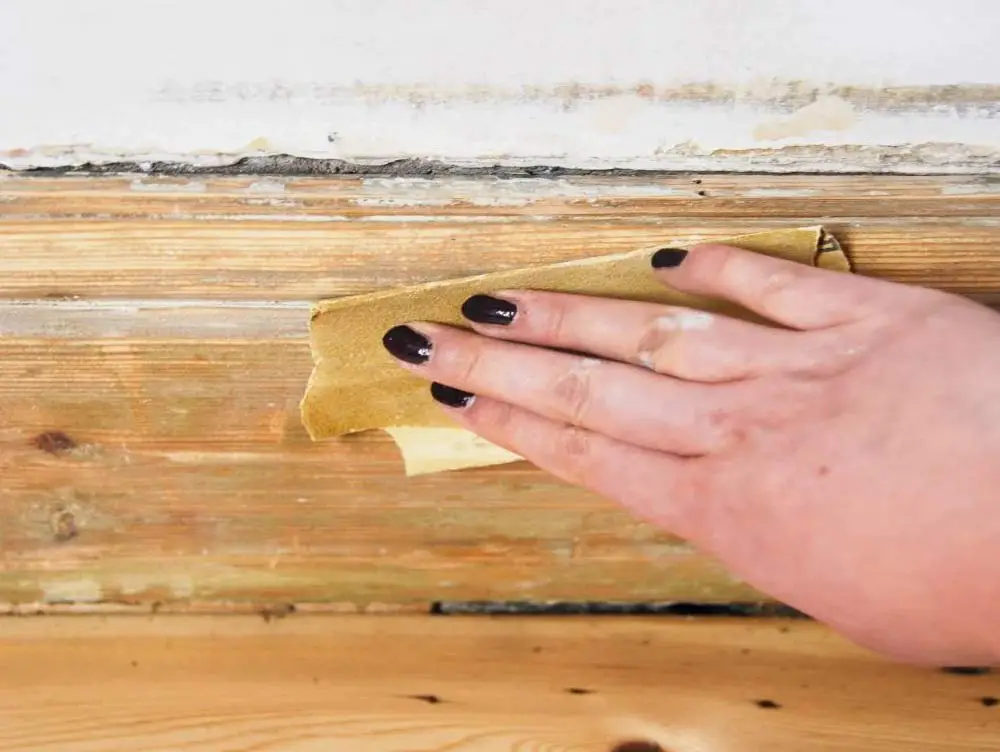
Image credit: littlehouseonthecorner.com
To ensure that the paint adheres properly to all the skirting boards, you will need to lightly sand them. Use medium to fine-grade sandpaper, making sure to sand in the direction of the wood grain if you have natural wood skirting.
This would be a good time to use a wood filler, or another flexible filler suitable for skirting boards, to fill any joints, holes, or deep scratches. Once complete, use fine sandpaper to smooth the filled surfaces.
Dusting and Cleaning Skirting Board
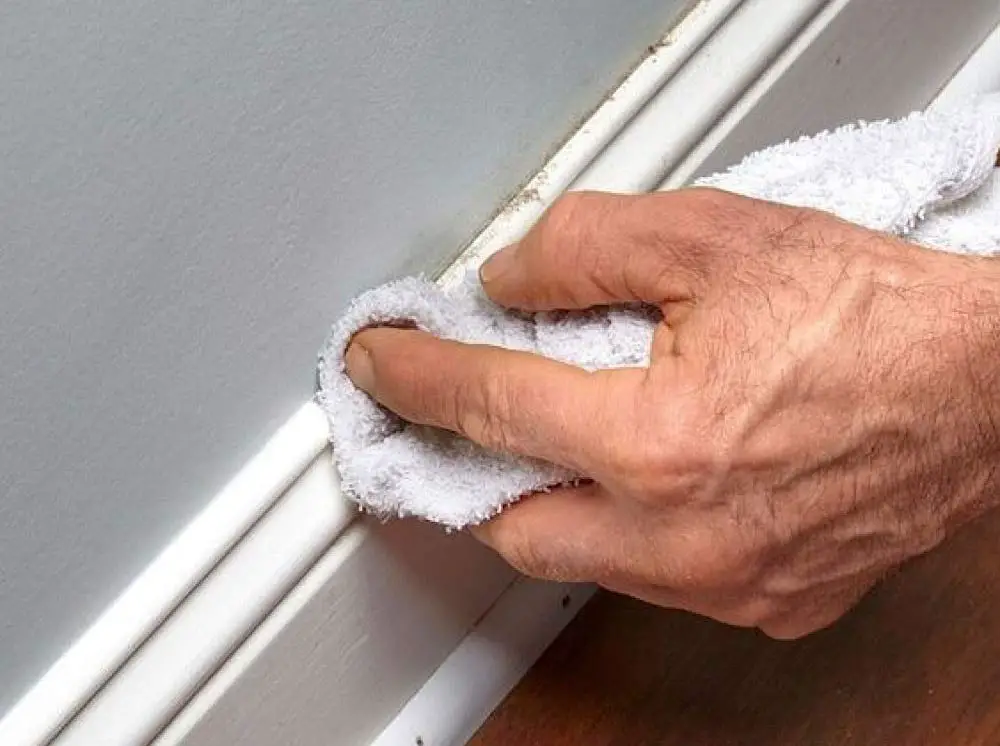
Image credit: whitefor.com
Next, clean the skirting boards with a damp cloth to remove any loose debris. If there is any stubborn dirt or grease on the skirting boards, you may need to use some sugar soap solution, or a vacuum cleaner to remove any further dust or cobwebs.
Once the skirting is clean and has dried completely, you can move on to the next step.
Choosing Your Materials
When it comes to learning how to paint skirting boards, selecting the correct materials is key to achieving a professional finish. In this section, I'll cover the essential materials you'll need to get started.
Should You Use a Primer ?
Using a primer before painting your skirting boards is highly recommended. A primer will help the paint adhere to the surface and provide a smoother finish. Choose a primer that's suitable for the type of paint you're using. For example, if you're using an oil-based paint, use an oil-based primer.
Selecting the Skirting Board Paint
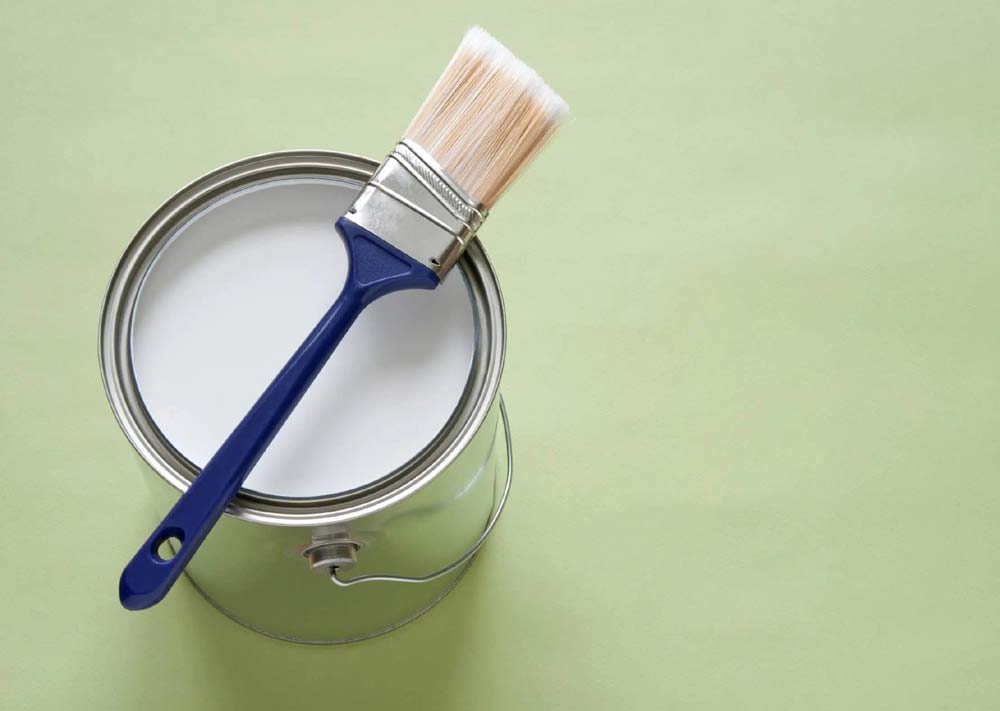
Image credit: owatroldirect.co.uk
Choosing the right paint for your skirting boards is crucial. Opt for a paint with a hard-wearing finish that can withstand knocks and is easy to wipe clean. A satin paint or gloss paint are popular options as they provide a durable and hardy finish. However, if you don't want a gloss skirting look, matt paint may be more suitable.
It is also important to consider the colour of your skirting carefully. If you're covering natural wood skirting boards, a fresh coat of clear varnish or wood stain may be all that's required.
However, if you're painting over existing paintwork, you'll need to choose a colour that complements or contrasts with your walls. Check out Pinterest or home magazines for some colour inspiration.
Recommended Affiliate Partner
Masking Tape and Other Tools
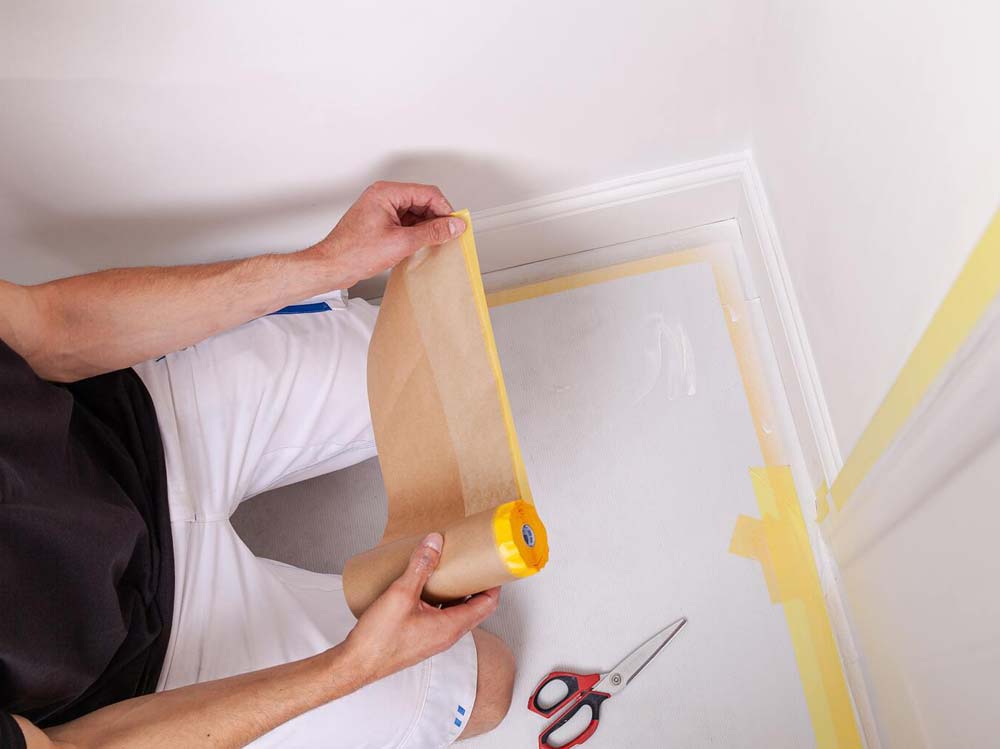
Image credit: tesa.com
To achieve a professional-looking finish, masking tape is an essential piece of kit. Apply tape along the wall where it meets the skirting board to prevent excess paint from bleeding onto the wall.
You'll also need a good-quality brush or roller to apply the paint. A 2-inch wide brush is ideal for skirting boards.
Painting Process
The painting process itself includes priming the skirting boards, applying the paint, and achieving a neat and smooth finish.
Priming the Skirting Boards
Before you start painting the top coat of paint, it's important to prime the natural wood or MDF skirting boards first. This will help the paint adhere better to the surface, resulting in a smoother and more even finish.
Apply a thin coat of primer to the boards using a brush or roller, and allow it to completely dry before moving on to the next step.
Applying the Finish Paint
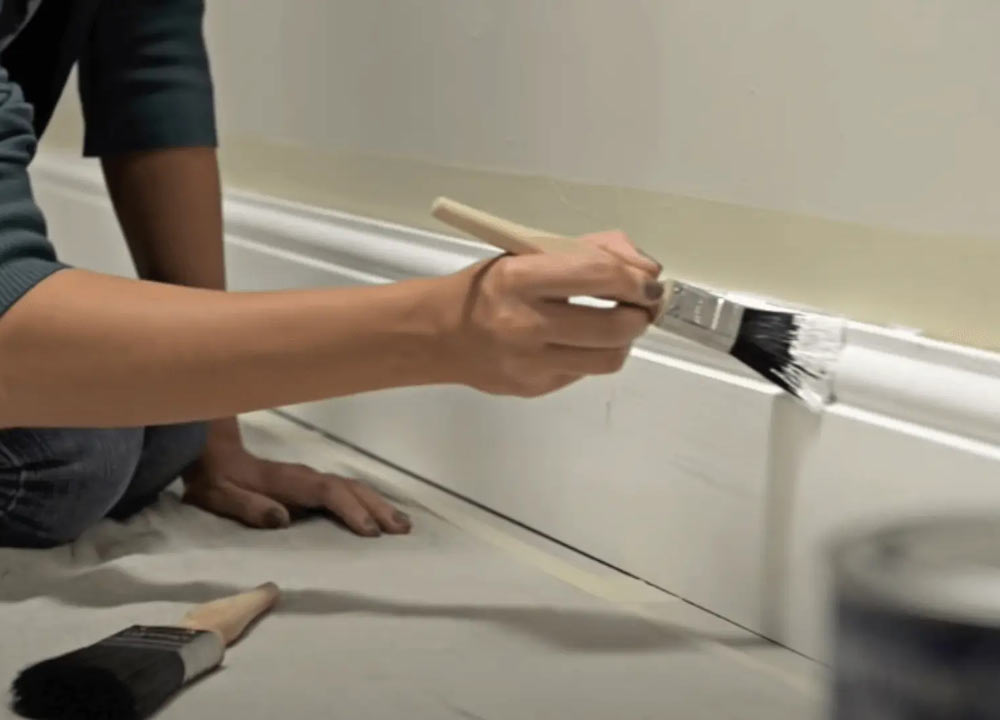
Image credit: diydojo.co.uk
I personally find it easiest to start in one corner and work your way around the room, painting the full height of the skirting board as you go. Use a brush or roller to apply the paint, and make sure to use long, even strokes. If you are using a paint roller, you will also require a brush to get into the corners and between any profile detailing.
If you are wondering how many coats to apply, it's advisable to apply at least two coats of paint to achieve a good lasting finish. Allow the first coat to fully dry before applying the second coat.
Achieving Neat Edges
When cutting in around the edges of the skirting boards, use a steady hand and take your time. If you make a mistake, you can always touch it up later. This is where painter's tape will help you achieve perfect neat and tidy painted edges.
Post Painting Care
Once you have your newly painted skirting boards, there are a few additional things you should do to complete the job and ensure the paint job lasts and looks its best.
Removing the Masking Tape
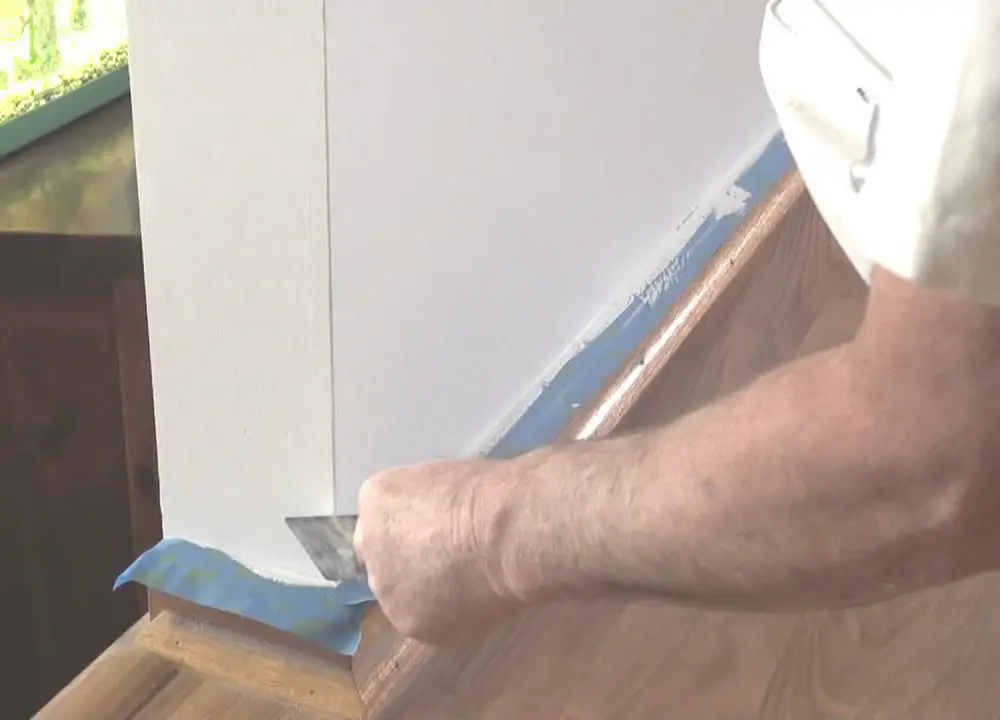
Image credit: youtube.com
Before the paint dries completely and is still slightly tacky, you should remove the masking tape that you used to cover the areas around the skirting boards and frames. This will help you achieve a sharp edge between the painted skirting and the walls.
Gently pull the tape away from the painted surface at a 45-degree angle to avoid peeling off any paint from either surface.
Cleaning Up
After removing the masking tape, clean the area around where you have painted. Use a damp cloth to wipe away any paint drips or smudges.
If any stubborn paint marks won't come off with a light rub, you can use a small amount of sugar soap diluted in water to clean them off.
Treat and Maintain
To keep your skirting boards looking great for longer, you should treat and maintain them.
Here are a few tips:
- Avoid placing heavy furniture against the skirting boards as this can cause them to become scuffed or damaged.
- Vacuum or dust the skirting boards regularly to prevent the build-up of dirt and dust.
- If you notice any scuffs or scratches on the skirting boards, you can touch them up with a small amount of leftover paint.
- If you need to clean the skirting boards, use a mild detergent and water. Avoid using abrasive cleaners or scouring pads as these can damage the surface of the paint.
Common Mistakes and How to Avoid Them
There are several common mistakes that you should avoid when painting your skirting boards.
Here are some tips to help you avoid them:
Avoid Getting Paint on Carpets
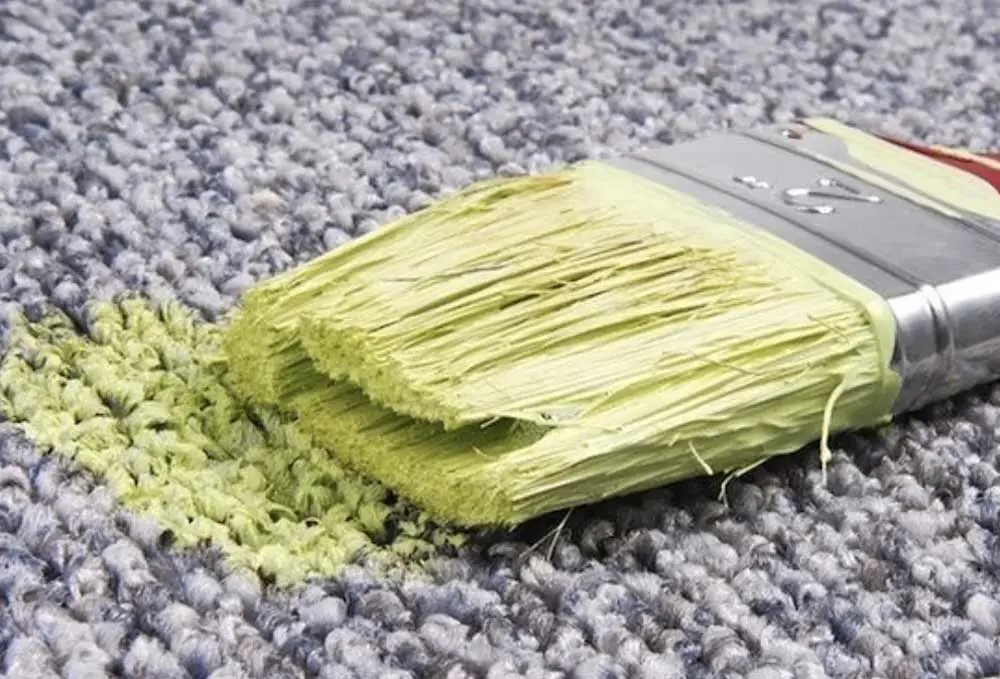
Image credit: mypaintguide.co.uk
One of the most common accidents when painting a skirting board is getting paint on the carpet. To avoid this, you should use floor protection such as dust sheets. Make sure they are secured to the floor to prevent them from moving around while you are painting.
If you do get paint on the carpet, act quickly and use a damp cloth to remove any spills before they completely dry or stain.
Preventing Overlapping Paint
Another common mistake is overlapping paint onto the walls. To prevent this, use a small brush to cut in around the edges of the skirting board first. Then, use a larger brush or a roller to paint the rest of the skirting board. You can also use painter's tape to mask off the edges as previously mentioned.
Try not to overload your brush or roller with too much paint, as this can cause drips and make overlapping more likely.
Avoiding Brush Strokes
Brush strokes can ruin the look of any surface, so it's important to avoid them. To do this, use a good quality brush that doesn't easily lose its bristles, and make sure it's clean before you start painting.
A good trick is to hold the brush at a slight angle and use long, smooth strokes to apply the paint. Don't press too hard on the brush, as this can cause bristles to splay out and leave marks on the skirting board.
Benefits of Painting Skirting Boards Before Walls
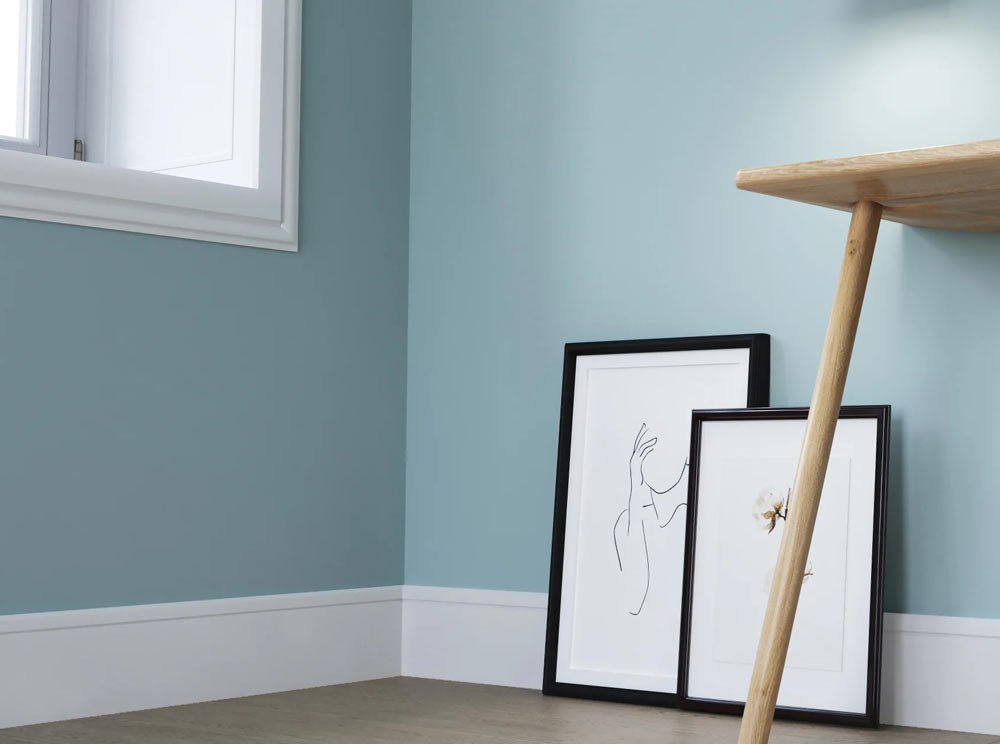
Image credit: mgmtimber.co.uk
When it comes to painting a room, you might be wondering whether to paint skirting boards before or after the walls. While there is no right or wrong answer to this, there are certainly some benefits to painting skirting before the walls and here are a few of them:
1. Saves Time and Effort
By painting the skirting boards first, you can avoid getting paint on freshly painted walls, which can be time-consuming and frustrating to fix. Additionally, if you paint the walls first, you may need to touch up the skirting boards later, which again can take extra time and effort.
2. Easier to Achieve a Neat Finish
Painting the skirting board first can also make it easier to achieve a neat finish, as you can mask off the skirting edges to protect them from the wall paint. This can help you achieve a sharp, clean edge between the skirting boards and walls.
3. DIY-Friendly
Doing it in this order is also a DIY-friendly approach, as if you are new to painting, starting with the skirting boards can be a good way to build your confidence and skills.
Additionally, painting skirting is a relatively small and manageable task, which can be less daunting than painting an entire room.
Choosing Between DIY and Professional Services
You have two options when it comes to paint the skirting board, DIY or a professional decorator. Each option has its advantages and disadvantages and will depend on your budget, time, and skills.
Do It Yourself
Painting the skirting yourself will certainly save you money on labour costs. However, it requires time and effort, and you need to have the necessary skills and tools to achieve a decent finish.
Professional Decorator
Hiring a professional painter will save you time and effort, whilst also ensuring a high-quality finish. However, it will be more expensive than doing it yourself.
When choosing a professional painter, be sure to:
- Check their credentials, such as licenses and insurance.
- Ask for references and examples of their previous jobs.
- Get a written quote before they commence any work.
My Final Thoughts
It is also important to note that painting skirting boards can be a time-consuming task, but it is worth the effort, as it can transform the look of a room. You can choose to paint your skirting boards the same colour as your walls for a seamless look or opt for a contrasting paint colour to make more of a statement.
When deciding how to paint skirting boards, it is crucial to use the right tools and techniques to achieve a good finish. Take your time, use masking tape to protect the walls and floor, and sand the skirting boards before painting to ensure a smooth surface.
Frequently Asked Questions
Should skirting boards be painted before installation?
It is generally recommended to paint skirting boards before installation. This allows for easier access to all surfaces and ensures that the paint is evenly applied. However, if you are unable to paint all the skirting boards before installation, it is still possible to paint them afterwards.
Do You Paint Skirting Boards Before Walls?
The order in which you paint skirting boards and walls depends on personal preference. Some professionals suggest painting skirting boards first, while others suggest painting walls first.
If you choose to paint the skirting boards first though, it is important to protect them from any paint splatters while the walls are being painted.
Can you use wall paint on skirting boards?
Yes, you can use wall paint on skirting boards. However, it is recommended to use a paint specifically designed for woodwork, as it will provide better durability and protection against wear and tear.
Do skirting boards need to be primed before painting?
It is recommended to prime skirting boards before painting, as it helps to create a smooth surface and also improves the adhesion of the top coat of paint. This is particularly important if the skirting boards are made of a porous material, such as MDF.
What is the correct order to paint a room?
The correct order to paint a room is generally as follows: ceilings, walls, and woodwork (including skirting boards, architraves, and doors). This allows for a smooth and even finish, with each surface being protected from paint splatters while painting the adjacent surface.




 Author: Matthew Chiappini
Author: Matthew Chiappini